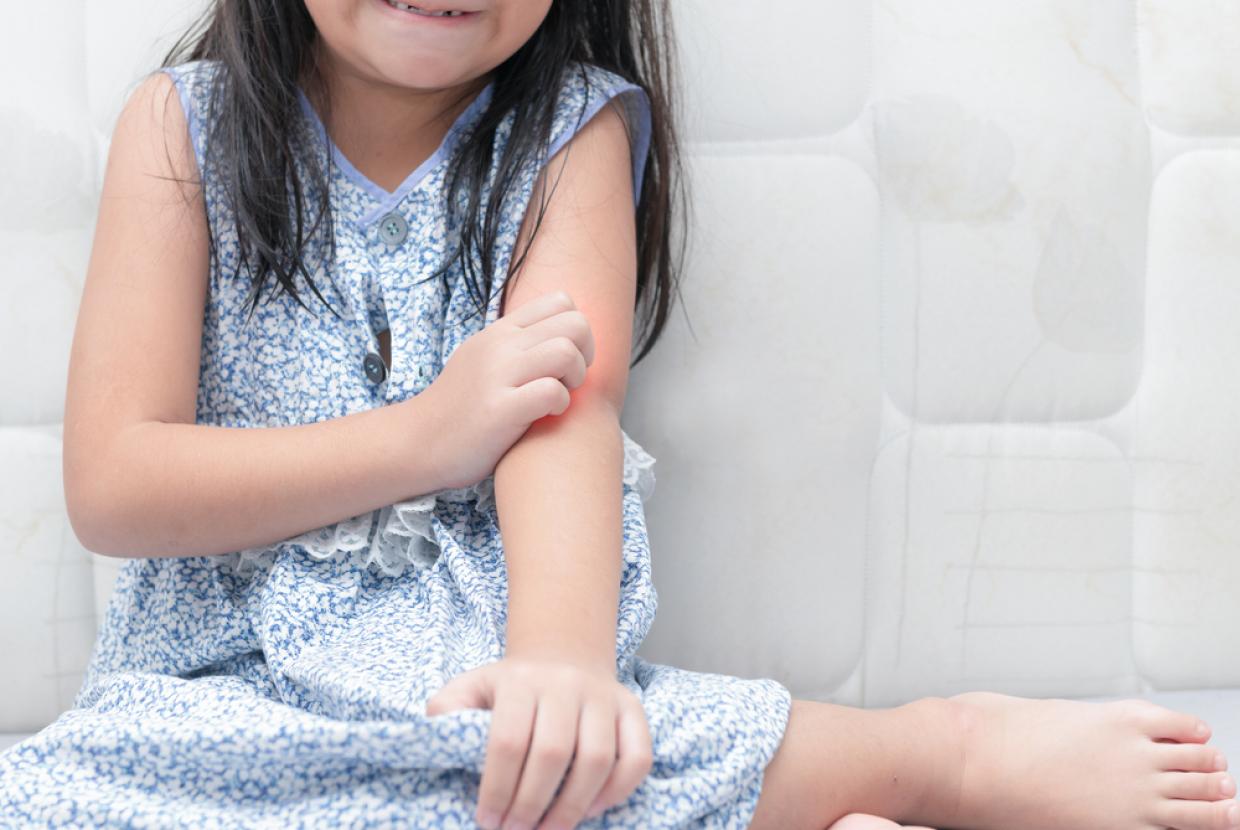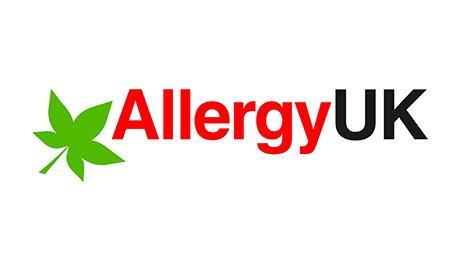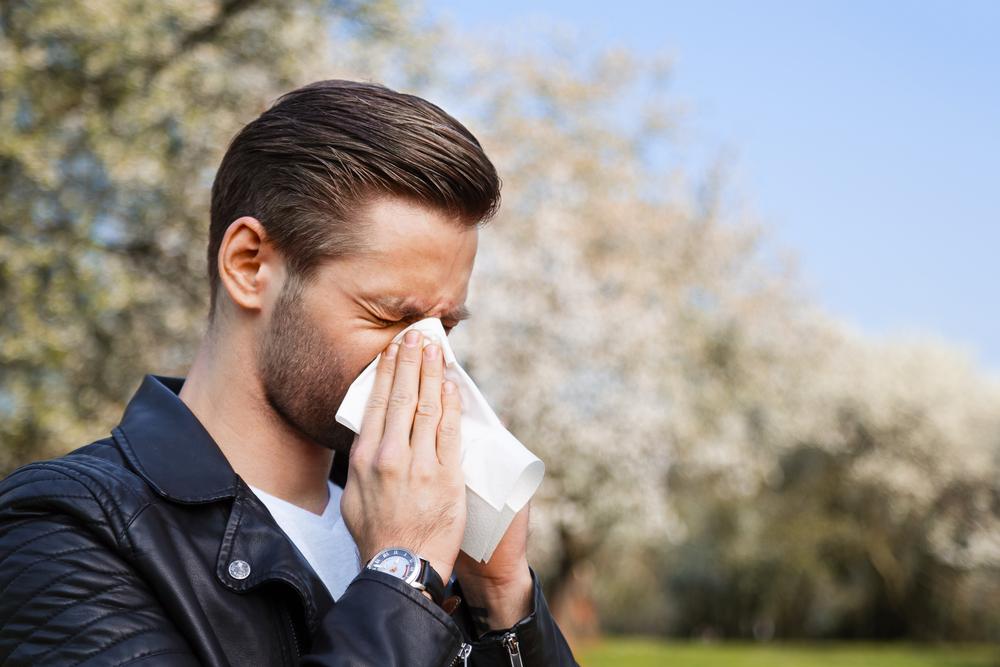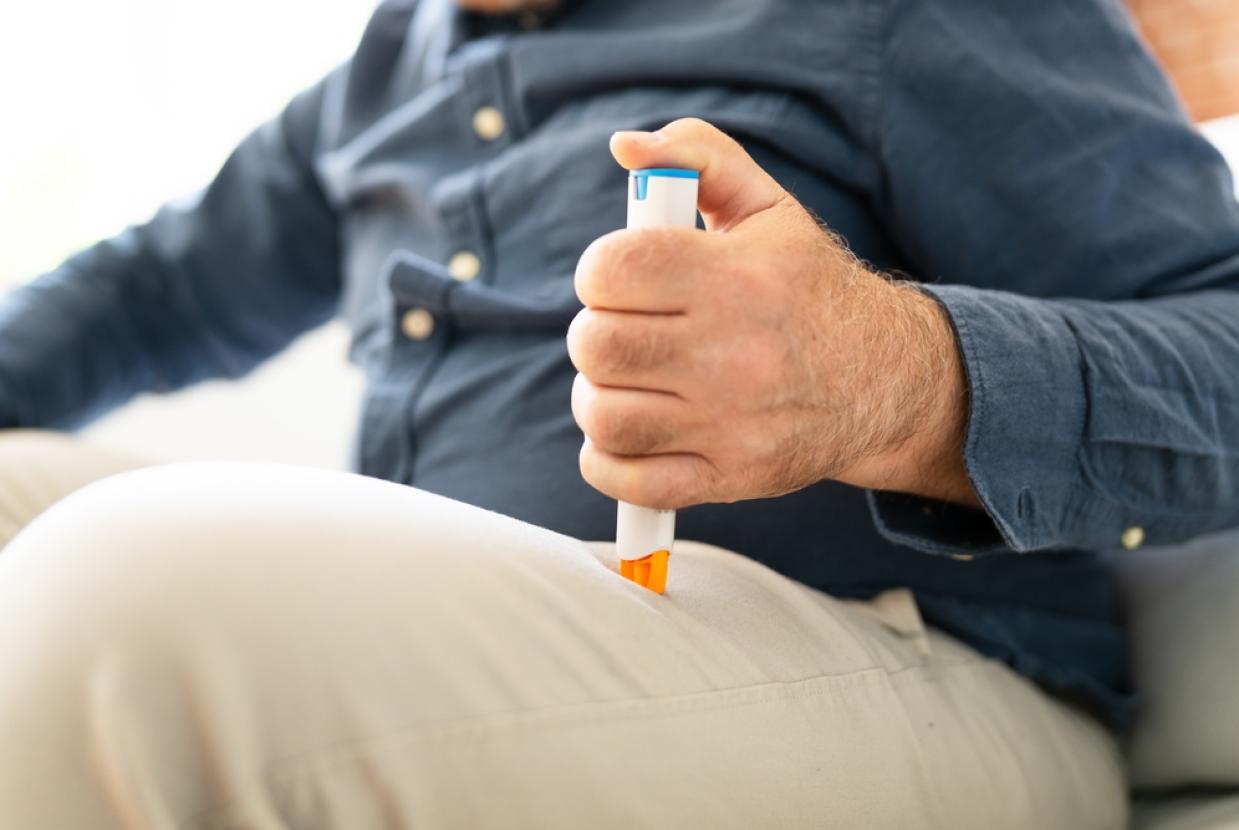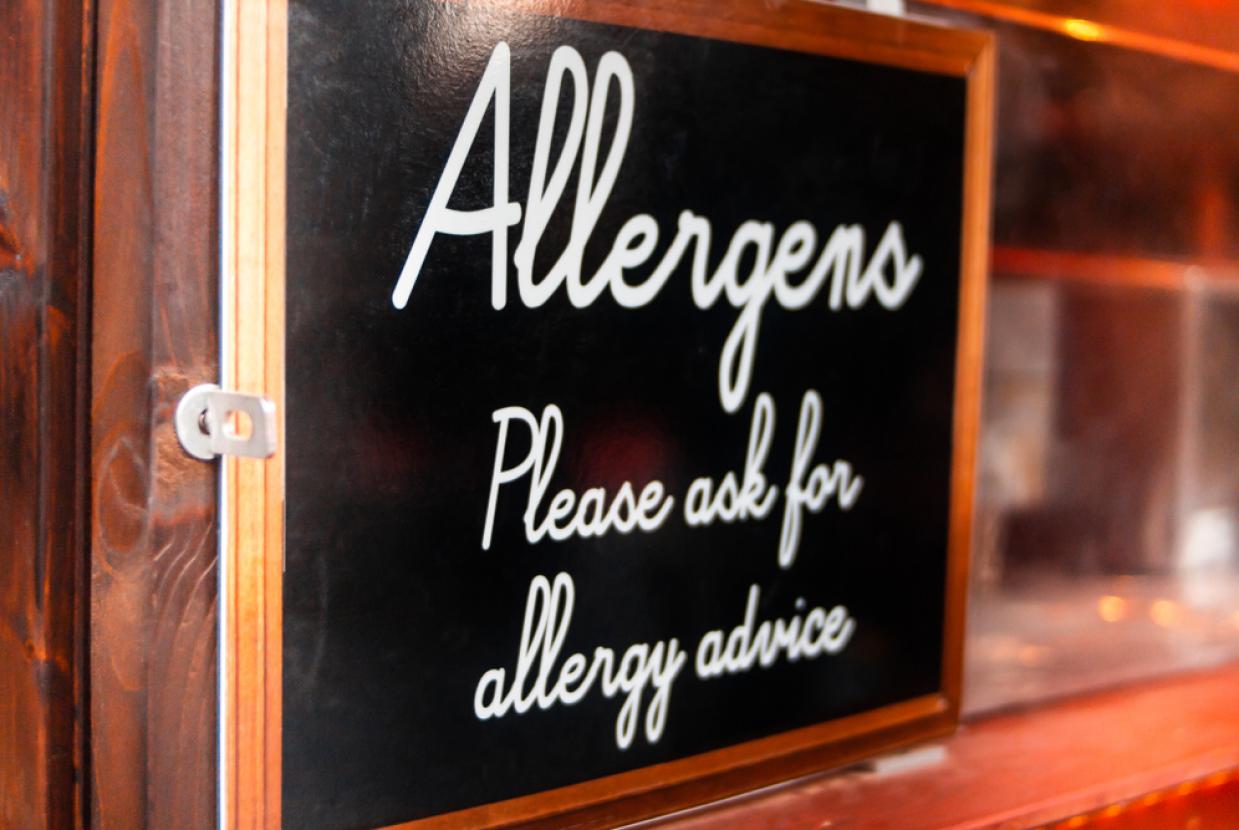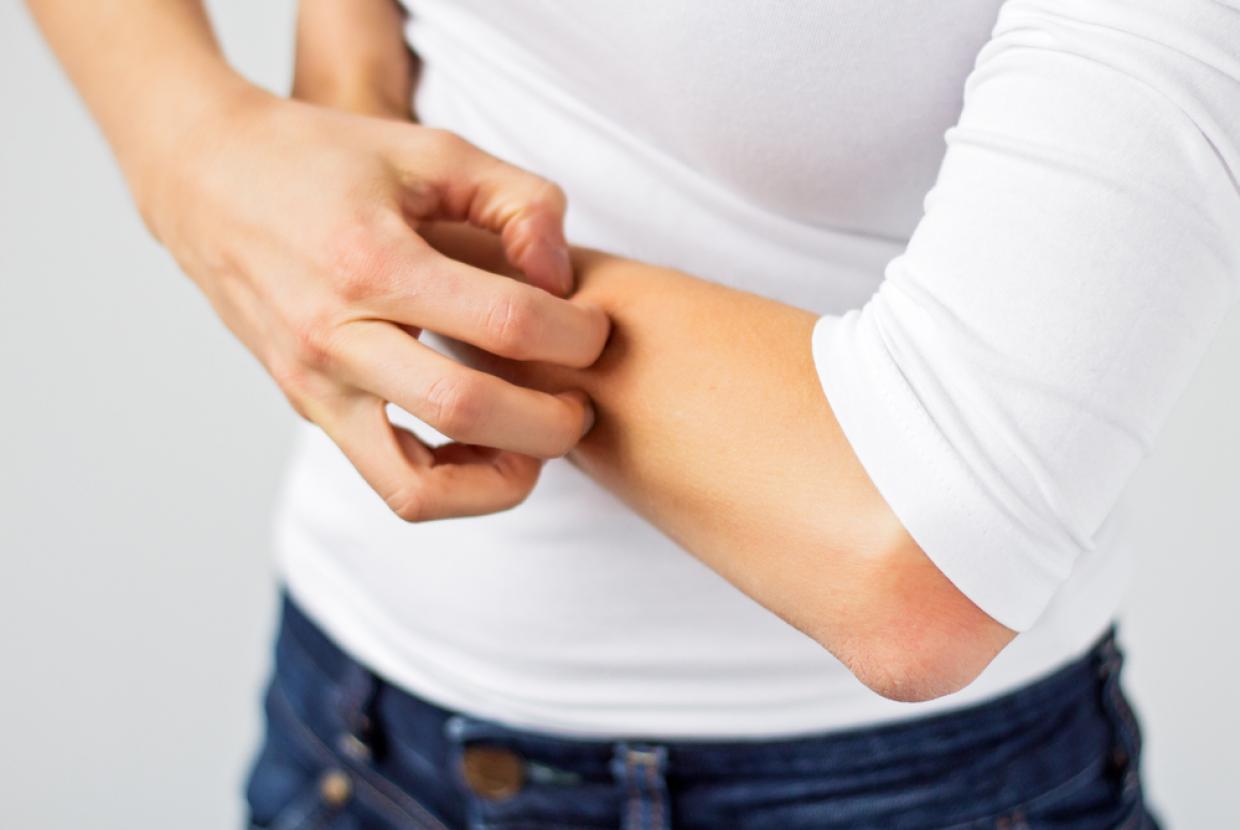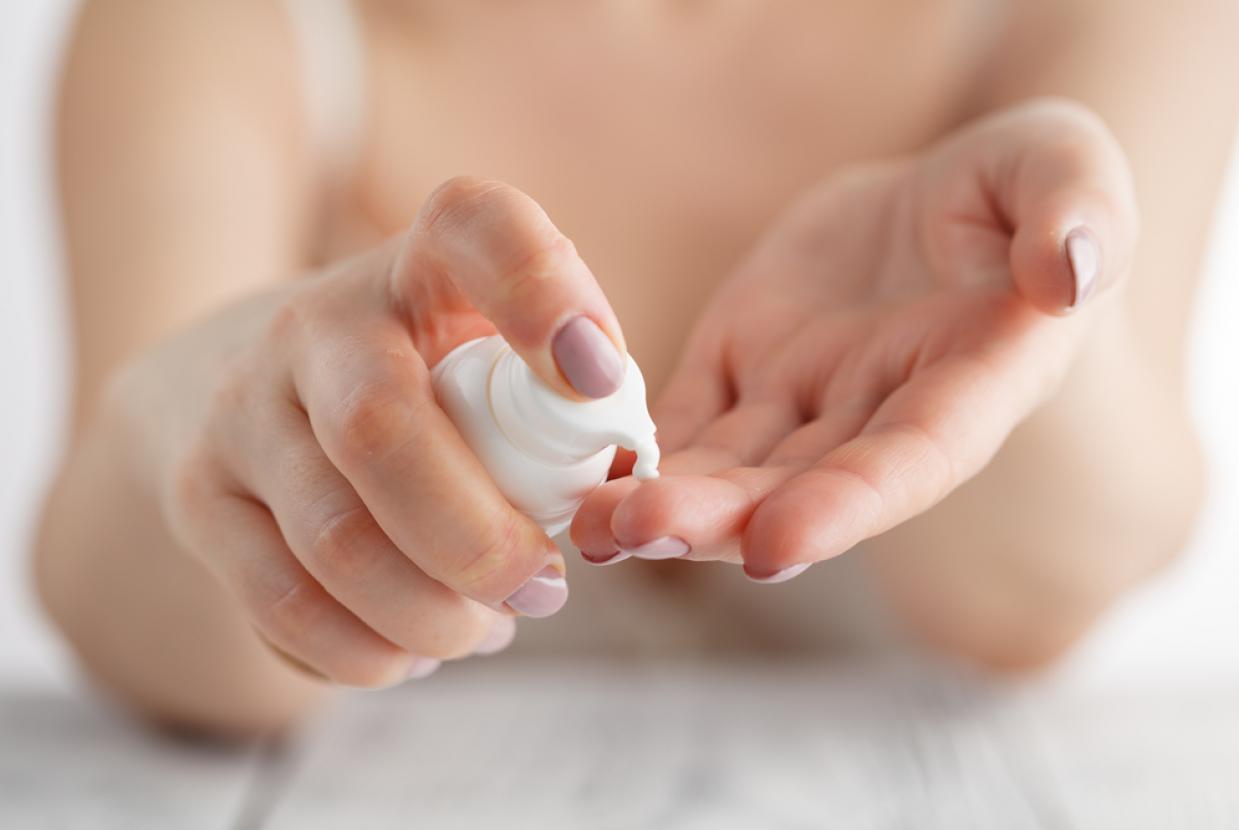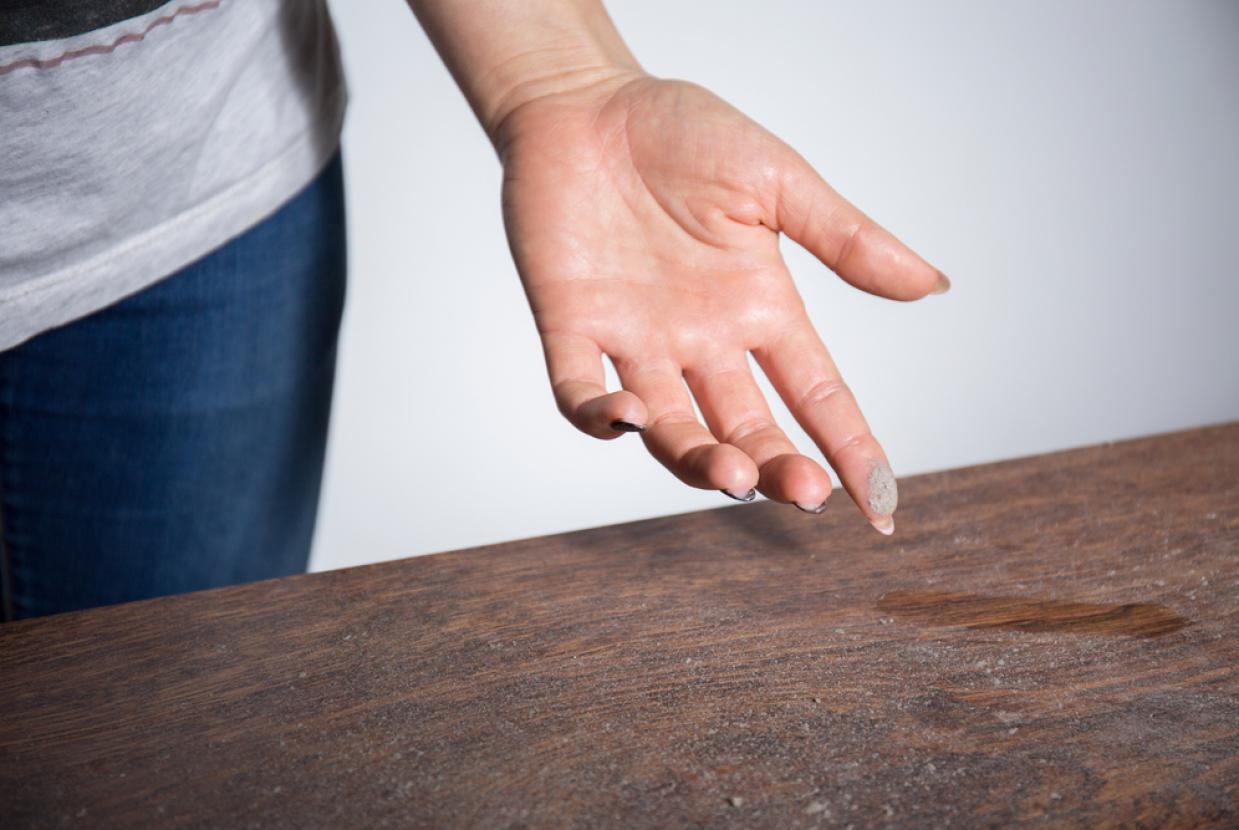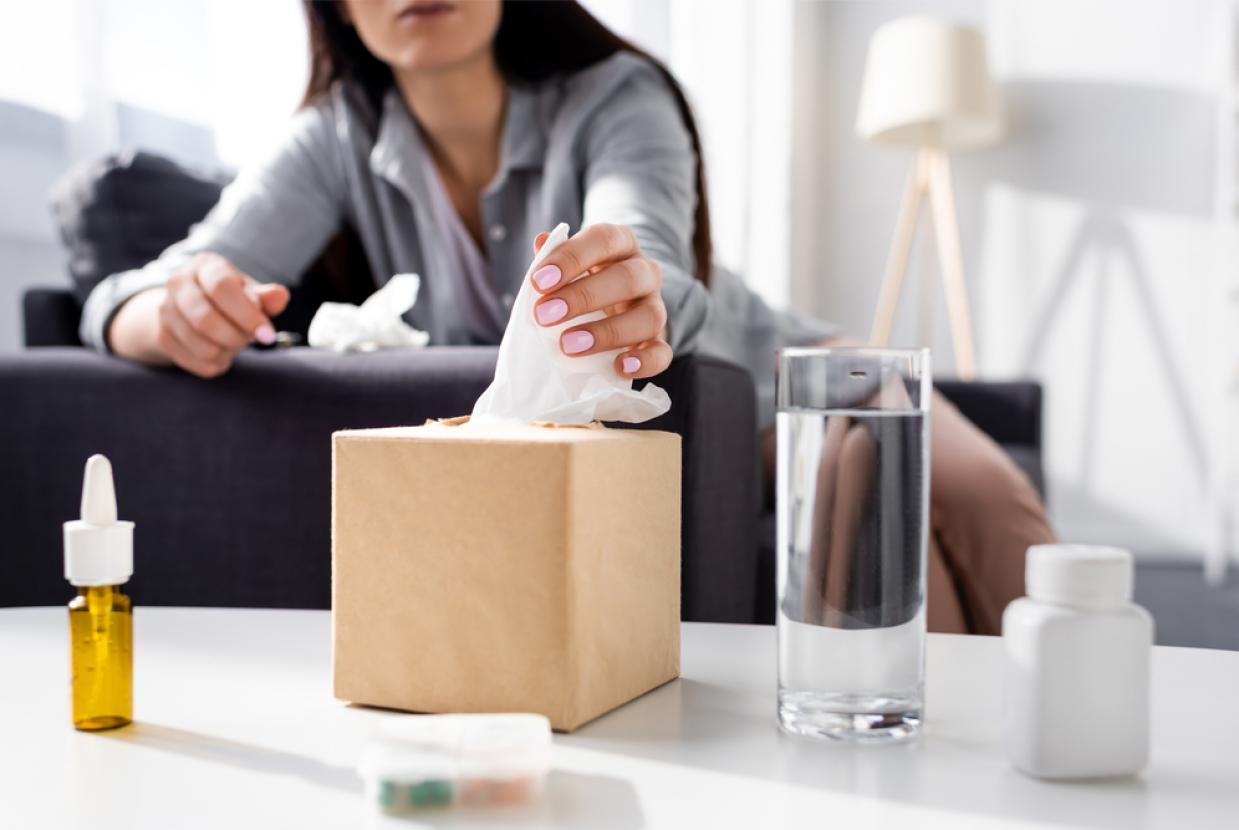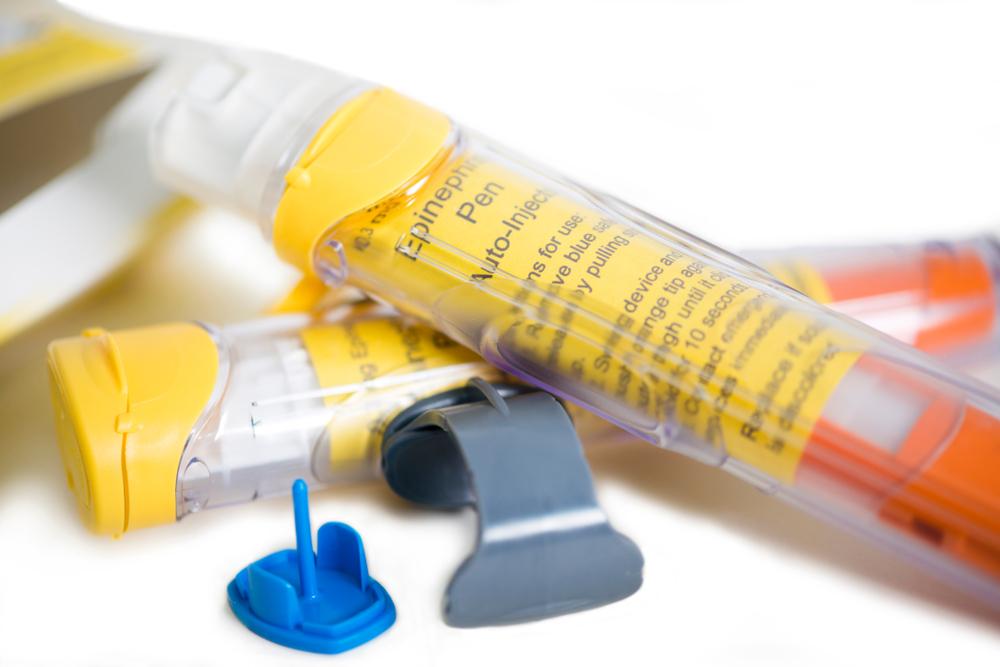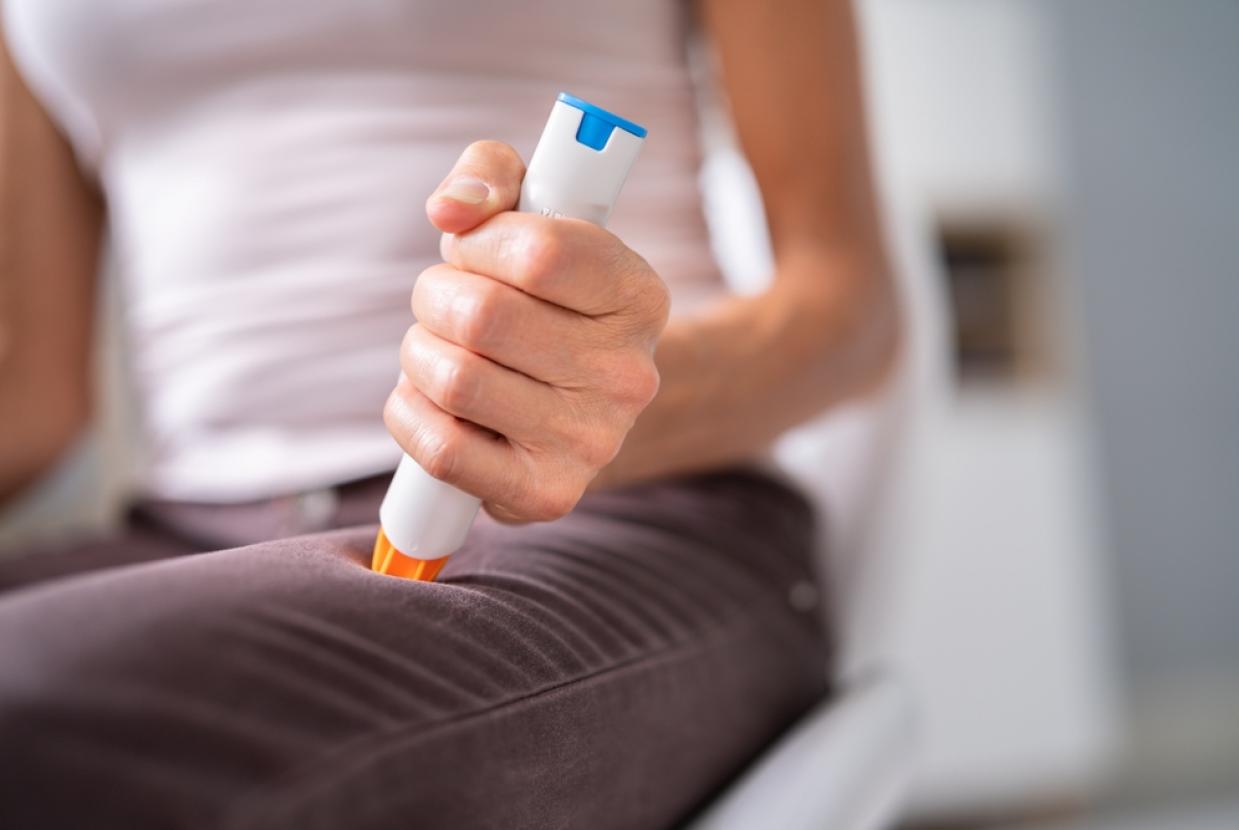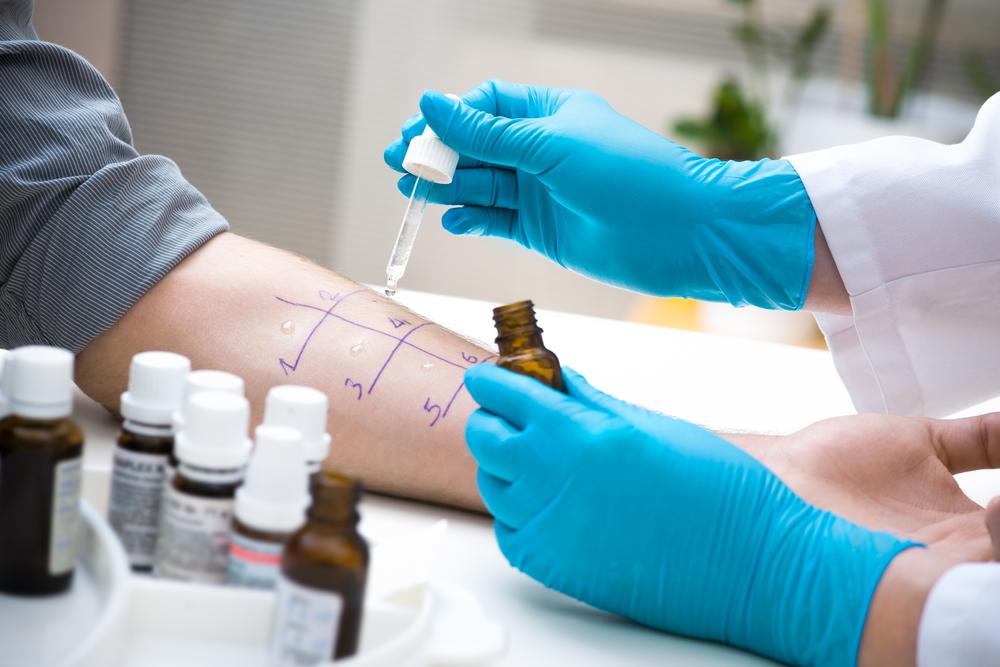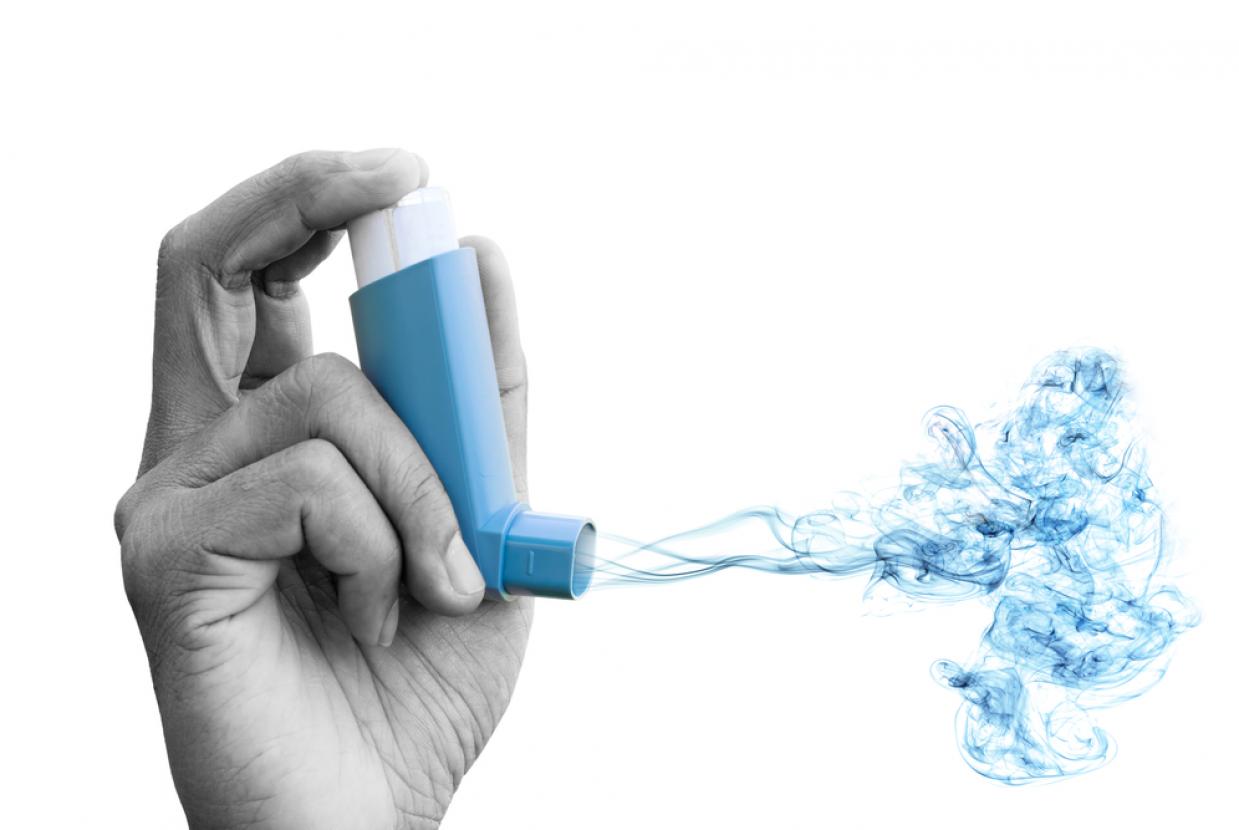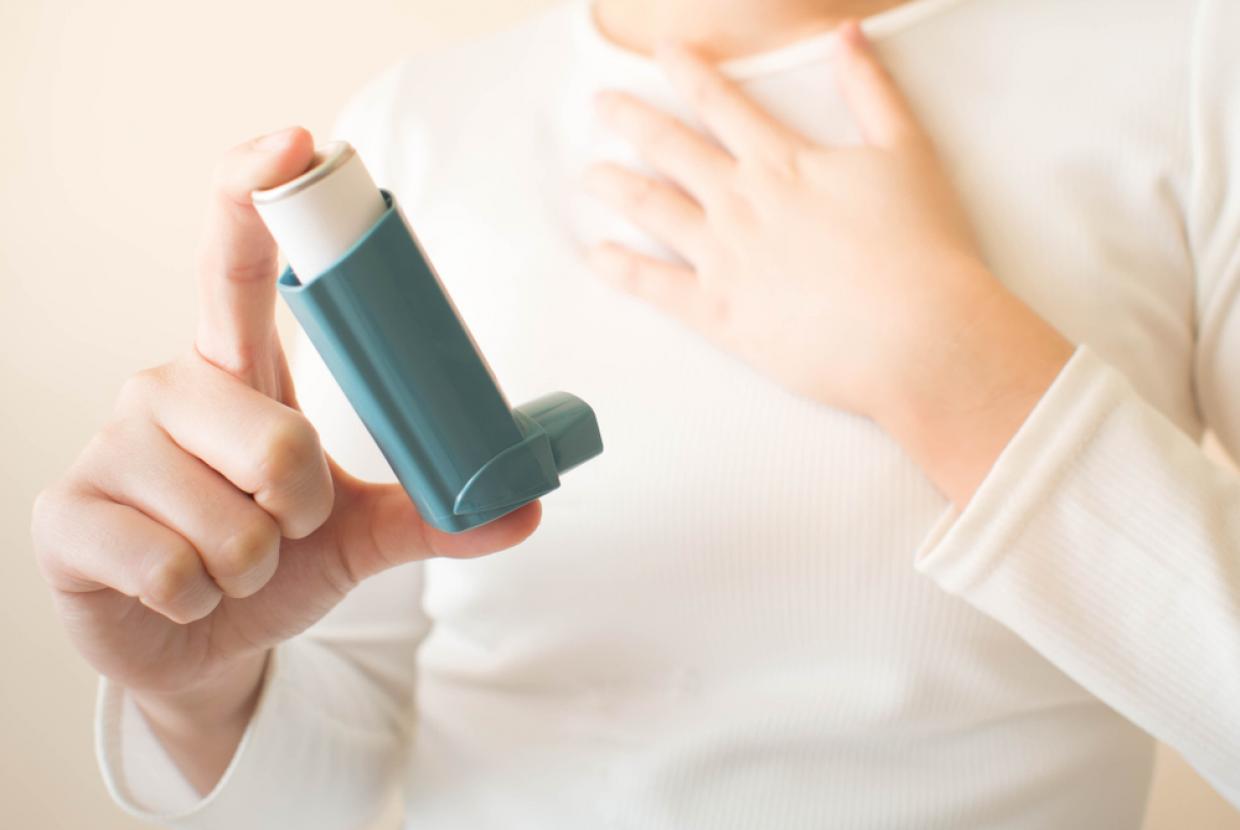Eczema In Children
Eczema (also called atopic eczema or atopic dermatitis) is a very common non contagious dry skin condition affecting approx. 1in 5 babies and children in the UK. The common symptoms of eczema are dryness, itch and redness to the skin. Eczema often appears in the first few months of life, and for most children their eczema often improves as they get older, however for some children with more severe eczema there is a possibility that this will persist into adult life. Eczema can be mild, moderate or severe and treatment of the eczema will depend on the severity.
There is currently no cure for eczema, however avoidance of trigger factors (those which make the eczema worse) and a clear eczema treatment plan for managing eczema will help manage symptoms for most children.
What causes eczema?
All children with atopic eczema have dry skin, which can become itchy and inflamed, this is caused by various factors including an immune system which over reacts to usually harmless substances in the environment, a fault in the make -up of the skins building blocks (cornecytes) that allow irritants and allergens in and moisture to seep out as well as the skin producing less oil to lubricate the skin and for some individuals a genetic (inherited) mutation in the filaggrin skin barrier gene. Filaggrin is a protein that plays an important role in the natural moisture level of the skin and this causes an increased likelihood to have dry skin and of developing eczema. It is important to note that not everyone with eczema has the filaggrin gene mutation.
Signs and symptoms
Eczema in babies often appears at between 3-6 months of age although it can develop just after birth, commonly affecting the face, neck, body, arms and legs, with the nappy area usually spared. As the child grows older and becomes more mobile the pattern of eczema changes, eczema is more likely to be seen in the flexural creases around the neck, knees, wrists, elbows and ankles but can become more widespread and affect the whole body.
What can trigger eczema?
Individual trigger factors vary from person to person, some trigger factors may be easy to identify whilst others may not be so easy to work out. If you suspect a specific food or something in the environment may be a trigger factor keeping a symptoms diary can help work out patterns of exposure and signs and symptoms and may be useful to provide to your doctor.
How to treat eczema
Emollients
The main focus of eczema treatment is keeping skin well moisturised, and this is done by using a good emollient regime.
Emollient is the name given to a good quality moisturiser made specifically for dry skin conditions like eczema. Emollients are a very important part of the everyday treatment of eczema skin. It is important to keep eczema skin well moisturised and hydrated (as eczema skin is naturally prone to dryness) by using an emollient at least twice a day and as often as is required.
The use of an emollient helps maintain the protective role of the skin barrier and will help reduce dryness which in turn reduces the itch. Emollient should be applied to all areas of the body and not just to those with visible areas of eczema.
Tips for emollient treatment
- Emollients for children are available on prescription or to buy from a pharmacy. It may be necessary to trial several different types before finding one that is suitable and that you like. Emollients that cause irritation after applying or appear to worsen eczema should be stopped immediately and an alternative used.
- Emollients come in a variety of forms including lotions, cream, gel or ointment that can be used for everyday moisturising, washing and bathing. NICE guidelines on eczema management recommend that children with atopic eczema prescribed sufficient quantities of emollients up to 250-500g weekly.
- Wash your hands to remove any bacteria and traces or other potential irritant substances before applying any emollients or topical treatments.
- Emollients should be smoothed onto the skin in a downwards motion to avoid blocking the hair follicles, also avoid vigorously rubbing the emollient into the skin as this may cause the skin to become itchy or damage already fragile skin, just let any surplus emollient soak into the skin.
- Remember the dryer the skin the more frequently you will need to apply the emollient
- Using a combination of emollients based on skin dryness, daily activities for example using a lighter type of emollient in the day that is easy to apply at school and an ointment at night can be helpful.
- Emollients in pump dispensers or tubes are preferable to those in tubs which may easily become contaminated with bacteria by hands dipping in and out. Using a spoon or spatula to remove emollient from a tub is recommended to help reduce the risk of this.
- Emollients containing paraffin should be used with caution due to the potential risk of flammability if near or exposed to sources of ignition like gas flames from cooker tops or fires or open fires.
- Emollients should be continued even when the skin ‘looks good’ and the eczema appears well controlled this is to prevent flare ups of the eczema and can also help reduce the need for topical steroid treatment.
Steroid treatment
Steroid creams and ointments, often called topical steroids, are used to control the red and inflamed skin caused by eczema flares and work by reducing the redness in the skin and damping down the inflammation.
Topical steroids are safe when used in short courses as directed by your health care professional. When applying topical steroids it is important to apply sparingly to the skin so that skin glistens. There are various strengths of topical steroid creams and ointments, including mild, moderate and strong, and your health care professional will advise on the most suitable strength of topical steroid based on the severity of your child’s skin, where the cream or ointment is to be used on the body and their age.
Quality of life issues
Eczema often has a significant effect on the quality of life of both the child with eczema, their family and wider networks. Babies and children with eczema may not sleep as well which can have a knock-on effect on sleep quantity and quality of life for the rest of the family. For older children it may make concentrating on tasks and school work hard. Sometimes children with eczema are embarrassed by how their skin appears and can be subject to bullying. The following tips can help improve some of the issues highlighted.
- Creating the best possible sleep environment enables the skin time to repair: Applying emollients and/ or steroids before bed, keeping the nursery/bedroom cool, and placing them in light cotton sleep wear.
- Use distraction techniques and rewards for treatment times at an age appropriate level. Examples include singing, watching a favourite cartoon, and the use of a star chart or stickers.
- When talking about eczema use positive language – avoid saying ‘stop scratching’ or using negative terms like ‘bad skin’.
- Older children, depending on maturity and confidence can start to become more involved in the daily management of their eczema treatment and may like to have their own emollient supply to put on at school.


